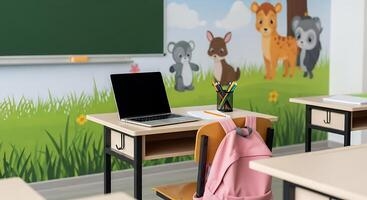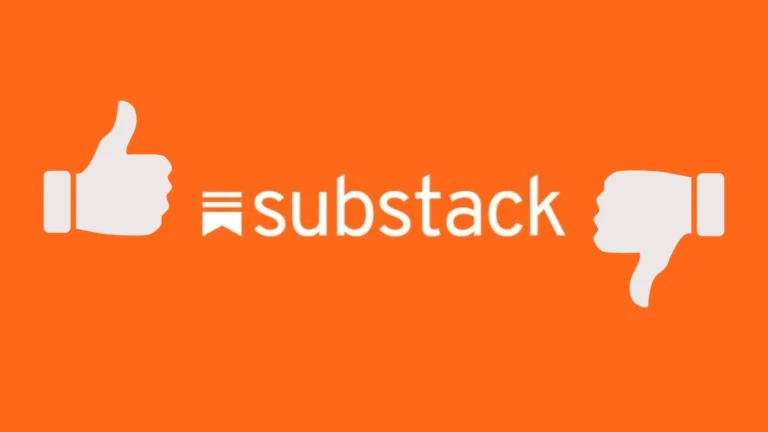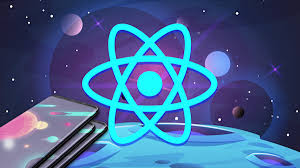The Perfect Partnership: Educators and Animation in Modern Classrooms
Educational excellence in the 21st century requires innovative approaches that capture students’ attention while delivering meaningful learning experiences. The most successful educators recognize that a modern teacher must adapt to changing student needs and technological possibilities. By incorporating kids animated shows and similar visual content into their teaching repertoire, educators create dynamic learning environments that speak directly to how today’s students process and retain information.
The relationship between teaching strategies and student engagement has been quantified through extensive research, showing that teachers who employ diverse instructional methods, including animated content, achieve significantly better outcomes. Studies indicate that participative teaching styles, enhanced by visual media, positively influence academic achievement across all grade levels and subject areas.
Understanding Student Learning Preferences
Today’s students have grown up immersed in visual media, making them naturally receptive to animated educational content. This generation processes information differently than previous cohorts, often preferring visual and interactive learning experiences over traditional lecture-based instruction. Teachers who recognize and adapt to these preferences see immediate improvements in classroom engagement and participation.
The cognitive benefits of animated learning extend beyond simple entertainment value. Animation helps students visualize abstract concepts, making complex ideas more accessible and understandable. Mathematical concepts that might seem intimidating in textbook form become approachable when presented through animated demonstrations. Scientific processes that occur at microscopic levels or over extended time periods can be effectively illustrated through carefully designed animated sequences.
Strategic Implementation in Curriculum Design
Successful integration of animated content requires thoughtful curriculum planning and strategic implementation. The most effective teachers don’t use animation as a substitute for instruction but as a powerful supplement that enhances their teaching effectiveness. They carefully select animated content that aligns with learning objectives and supports broader educational goals.
Research demonstrates that when teachers combine traditional instruction with animated content, student performance improves dramatically. The key lies in creating seamless transitions between different instructional modes, using animation to introduce concepts, reinforce learning, or provide alternative explanations for students who need additional support.
Professional Development and Training
The growing importance of animation in education has created new professional development opportunities for teachers. Educators who invest in learning how to effectively integrate animated content into their instruction report higher job satisfaction and better student outcomes. Training programs focus on content selection, timing, and follow-up activities that maximize the educational impact of animated materials.
Teacher testimonials consistently highlight the transformative effect of animated content on classroom dynamics. Students who previously showed little interest in certain subjects often become engaged and enthusiastic when those topics are presented through animated explanations. This increased engagement translates into better attendance, participation, and academic performance.
Technology Integration and Accessibility
Modern classrooms benefit from improved technology infrastructure that makes animated content more accessible than ever before. Interactive whiteboards, tablets, and high-speed internet connections enable teachers to seamlessly incorporate animated materials into daily instruction. This technological foundation supports the growing trend toward multimedia education that combines traditional teaching with digital resources.
The accessibility benefits of animated content cannot be overstated. Students with different learning disabilities often find animated explanations more comprehensible than text-based materials. Visual learners, auditory learners, and kinesthetic learners all benefit from the multi-sensory nature of well-designed educational animation.
Measuring Educational Impact
Quantitative research provides compelling evidence for animation’s educational effectiveness. Studies comparing traditional instruction with animation-enhanced teaching show consistent improvements in student comprehension, retention, and application of learned concepts. These improvements are particularly pronounced in subjects that benefit from visual representation, such as science, mathematics, and social studies.
The economic impact of educational animation reflects its growing importance in modern education. The animation industry’s projected growth to $400 billion by 2025 is driven partly by educational applications and the proven return on investment that animated learning materials provide. Schools that invest in animated educational content often see improvements in standardized test scores and overall academic performance.
Building Sustainable Programs
Long-term success in animation integration requires sustainable programs that support ongoing teacher development and content updates. The most successful schools create comprehensive strategies that include teacher training, content acquisition, technology maintenance, and regular assessment of educational outcomes.
Collaboration between teachers, technology specialists, and curriculum designers ensures that animated content serves genuine educational purposes rather than functioning as mere entertainment. This collaborative approach maximizes the educational value of animation while maintaining academic rigor and learning standards.
The partnership between educators and animation represents a fundamental shift in how we approach teaching and learning. When teachers embrace animated content as a powerful educational tool, they create learning experiences that engage, inspire, and educate more effectively than traditional methods alone. This evolution in educational practice prepares students for success in an increasingly visual and digital world while honoring the irreplaceable value of skilled human instruction.







